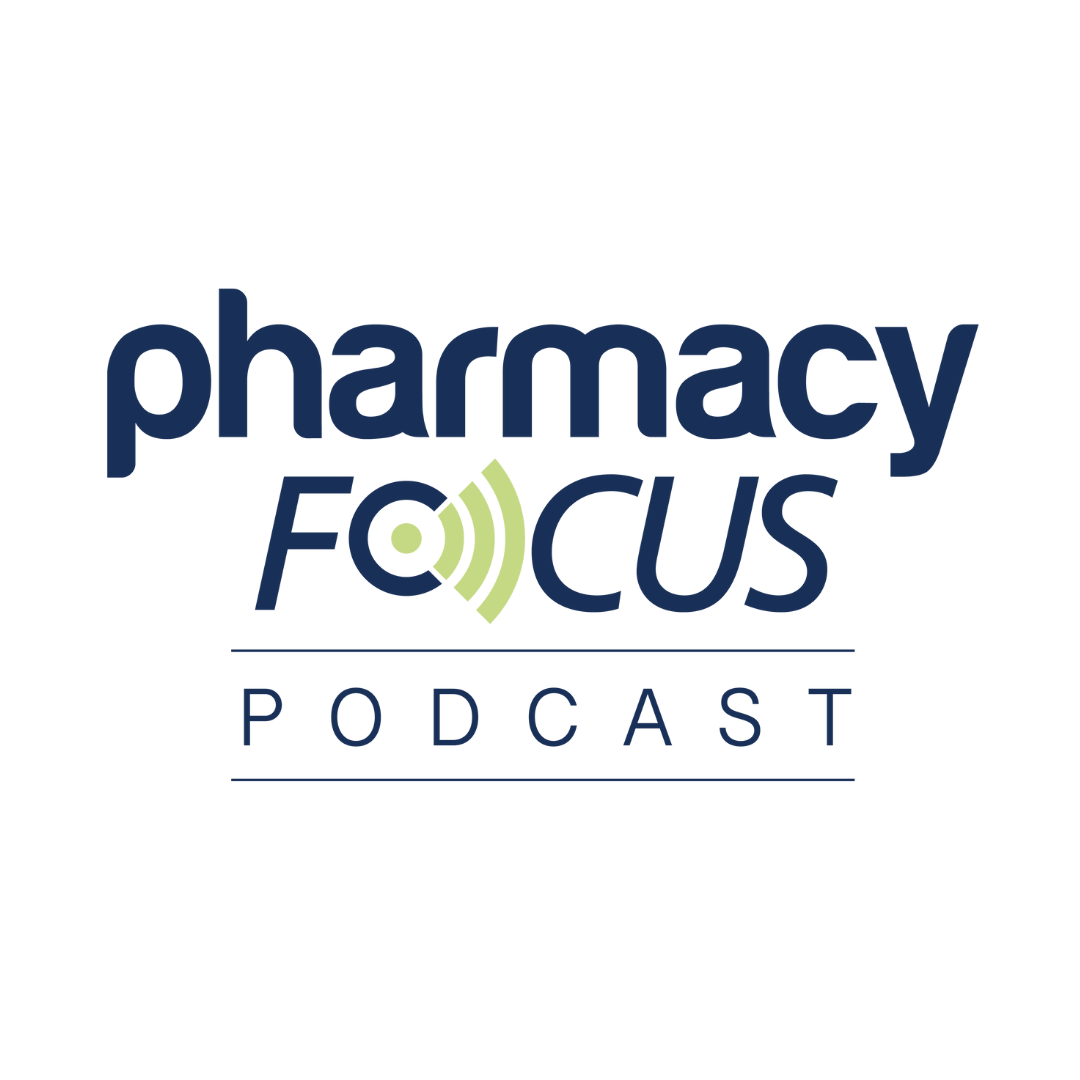In an interview with Pharmacy Times®, Kayla Johnson, PharmD, BCPS, BCPP, clinical pharmacist specialist at Vanderbilt University Medical Center, discussed her abstract "The Impact of an Integrated Outpatient Specialty Neurology Pharmacist in a Non-MS Clinical Setting," which she is presenting on April 9 during a poster session at the American Academy of Neurology 2025 Annual Meeting in San Diego, California.
Johnson and her research group aimed to investigate the role of an integrated outpatient specialty neurology pharmacist in the non-multiple sclerosis (MS) setting. In a single-center, retrospective cohort study over a 3-month period, pharmacists performed more than 2000 interventions across 741 patients, with nearly 400 recommendations made to providers—98% of which were accepted, according to Johnson. Integrated outpatient specialty neurology pharmacists in these clinical settings were found to perform a high number of interventions, often involving therapy changes, safety monitoring, counseling, and coordination of care, which improved patient outcomes.
Pharmacy Times: Could you provide an overview of your study on integrating specialty neurology pharmacists into non-multiple sclerosis outpatient clinics? What were the primary objectives and key findings?
Key Takeaways
1. Integrated specialty pharmacists made over 2000 interventions in 3 months during the trial, with a high provider acceptance rate of 98%.
2. Interventions commonly involved medication changes, counseling, and coordinating care, significantly benefiting patient quality of life and adherence.
3. Most interventions were rated as moderately impactful, emphasizing pharmacists’ role in preventing delays that could otherwise lead to poorer outcomes.
Kayla Johnson, PharmD, BCPS, BCPP: This was a single-center, retrospective study that we looked at over a 3-month period, and we included patients in multiple non-multiple sclerosis (MS) specialties, including adult and pediatric epilepsy, adult and pediatric movement disorders, neuromuscular disorders, autonomic disorders, and then transthyretin amyloidosis at an academic medical center. Of note, this was done at a facility with an integrated health system specialty pharmacy. We were already integrated into the clinic. We looked at any patient who had an intervention that was documented within our allotted electronic health record or our specialty pharmacy patient management database, and we ended up with 741 patients. The median age of this [cohort] was 60, with the majority of these being White. It was about a 50-50 split, with male versus female, and then the majority also utilized our specialty pharmacy for medication fulfillment. Our primary outcome was really to look at the number, type, and time spent on interventions by the integrated health system specialty pharmacy. We found that our pharmacists over this 3-month period performed over 2000 interventions and generated almost 400 recommendations to providers with a 98% acceptance rate.
Pharmacy Times: Could you elaborate on the most common types of interventions performed during the study and their significance in patient care within neurology?
Johnson: Our recommendations most often led to medication changes for patients who utilize our health system specialty pharmacy versus financial assistance referrals for patients who are using external pharmacies, because we did look at those cohorts separately. In a little bit more detail, our health system specialty pharmacy patients benefited from therapy changes about 35% of the time, counseling 10% of the time, help with appointment scheduling or referrals to urgent care or emergency department settings about 10% of the time, and then safety monitoring. The other most common intervention that was seen with our external patients was actually transferring prescriptions, either from 1 external specialty pharmacy to another or from our integrated health system specialty pharmacy out to an external pharmacy based on their preference or payer mandate. This really helps to show the benefit of the pharmacist, because most patients within these settings are seen at a cadence, usually no more than every 3 months. If you ask a patient to wait 3 months for some safety testing or for modification to their therapy, then that might put them at risk of poor outcomes and may lead to medication non-adherence or loss of medication fulfillment.
Pharmacy Times: Can you explain the intervention impact scoring system? What insights did it reveal about the severity of potential consequences without pharmacist involvement?
Johnson: We used a 4-point standardized impact scale for all of our patients. This ranged from a score of 1, where we only reviewed the patient's chart, and no intervention was actually performed. [Then,] a score of 2, which was the most common one that we've seen in both integrated health system specialty pharmacy patients and external pharmacy patients. as really looking more at quality of life, impact of the intervention that we were making, and we did make an intervention, whether or not that led to a recommendation. Level 3 would be a negative impact on their health that would be non-life threatening, and we would typically refer these patients to urgent care, their primary provider or an external provider, if it was not a condition for which we were responsible for managing. And then level 4--which we did not have any of in this study, which is a good thing--would be a significant impact on their health, which could potentially result in death or mortality, and an intervention would be needed. As already stated, the most common impact was [level] 2s, so 76% of patients fell into this category. This really shows that pharmacists can make an impact on patient quality of life, which may lead to better treatment satisfaction, better adherence, and persistence with medication therapies. If we're treating the disease state for which they are being seen in our clinics, hopefully that also makes a more positive impact on other aspects of their health care.





